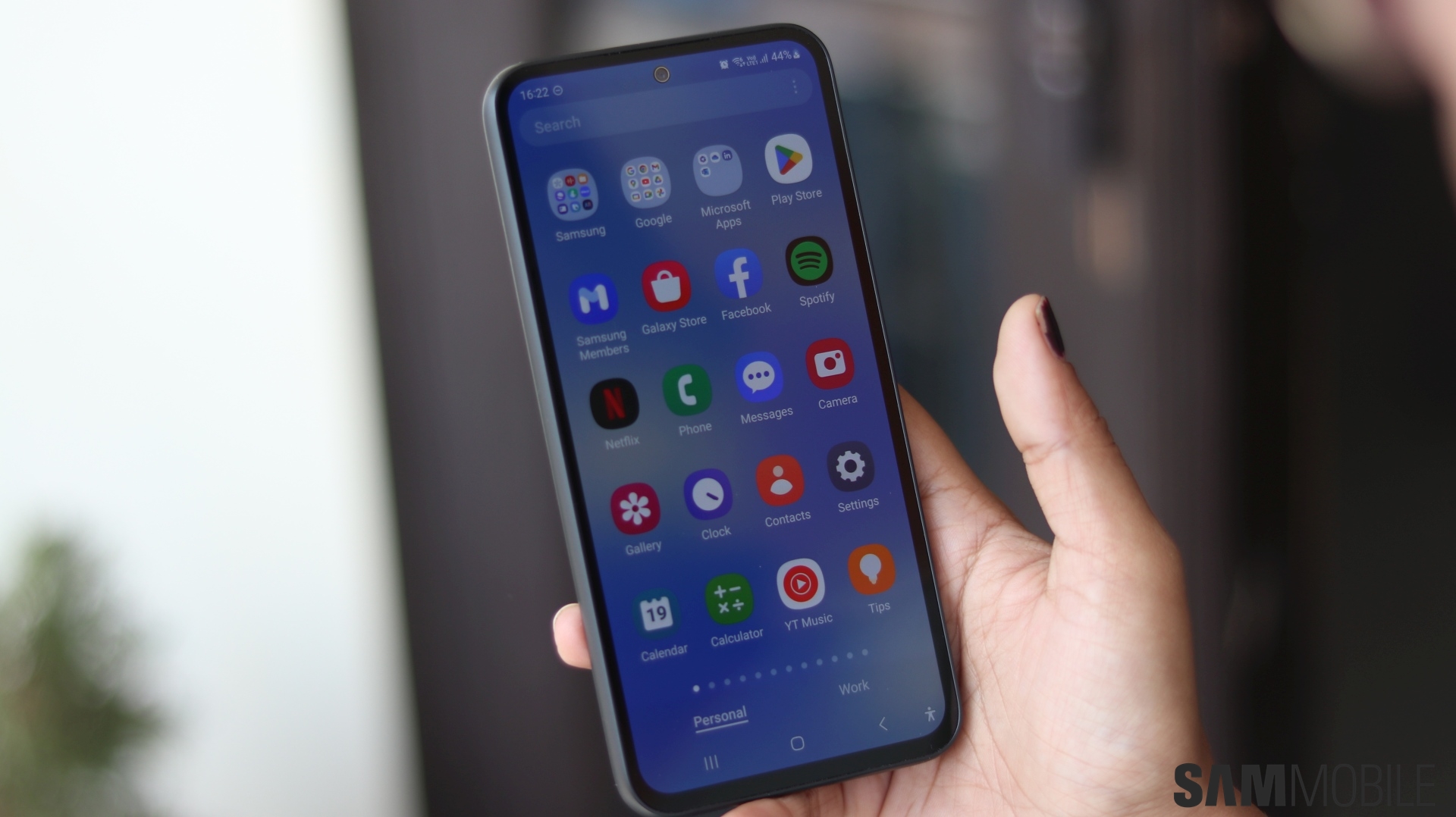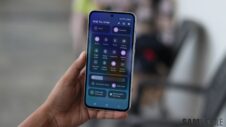The Galaxy A55 is almost here. On March 11, Samsung will officially unveil its latest premium mid-range phone. The Galaxy A55 will bring a couple of notable hardware upgrades.
On the outside, the big upgrade is a switch from the plastic frame of the Galaxy A54 to a metallic one. The Galaxy A54 was the first phone in the Galaxy A5x lineup to have a glass back, and the addition of a metal frame will make the Galaxy A55 feel even more premium in the hand.
Under the hood, the A55 will feature the Exynos 1480, Samsung's first mid-range chip with a GPU based on AMD's RDNA graphics architecture. The Exynos 1480 should enable a better gaming experience and help with UI fluidity, while also serving as another chance for Samsung to prove that its in-house chips haven't lost the fight just yet.
Some other interesting features of the Galaxy A55 could include a brighter screen with stronger Gorilla Glass protection and up to 12GB of RAM (all existing mid-range Galaxy phones had a maximum of 8GB RAM). And while many of its specs will be unchanged compared to the A54, the overall hardware package will be pretty solid.
But what about software? Well, that's where the phone may fall short, especially for those who were hoping to see some of the Galaxy S24's software features trickle down to Samsung's mid-range phones with the A55.
Galaxy A55 may not have most of what makes One UI 6.1 so special
The Galaxy A55 is likely to launch running Android 14 and One UI 6.1 out of the box, the same as the Galaxy S24 lineup, but the user experience may be closer to version 6.0 of One UI. That's because the Galaxy A55 will not have any of the Galaxy S24's fancy Galaxy AI features, at least if Samsung's official teasers for the device are to be believed.
When you take away the AI features, One UI 6.1 stops being exciting. Some features that don't require artificial intelligence may also be unavailable on the A55, such as wallpaper support for Always On Display.
Samsung is not bringing the option to show the lock screen wallpaper on Always On Display to any flagship or mid-range phone launched before the Galaxy S24 series, as it requires efficient displays that only its latest flagship lineup is equipped with, and we really don't see the Galaxy A55 display meeting that requirement either.
The Galaxy A55 also won't change anything as far as after-sales software support is concerned: it will receive OS upgrades for four years and security updates for five years. That's a lot, but it is no longer the benchmark now that the Galaxy S24, S24+, and S24 Ultra are in the equation.
Of course, we can't exactly fault Samsung for these decisions. The Galaxy A55's Exynos chip will not be powerful enough to handle the advanced AI features that are included on the Galaxy S24 lineup, and it makes little sense for company to support mid-range phones for seven years when a major portion of its yearly smartphone sales comes from budget and mid-range devices.
But those reasons probably won't save some Samsung fans from disappointment. They will simply have to wait and see if things will change in 2025 or buy the Galaxy A55 and hope Samsung will bring some of the exciting One UI 6.1 features to the phone with software updates.






